Introduction
Silicone rubber molding is an adaptable and versatile manufacturing technology used in numerous industries. This approach offers several advantages, including flexibility, longevity and resiliency at extreme temperatures, making it a prime choice for deployment in automotive, electronics, medical devices and more. However, amid these benefits lies a common dilemma: the presence of powerful and sometimes toxic fragrances in the silicone rubber molding process.
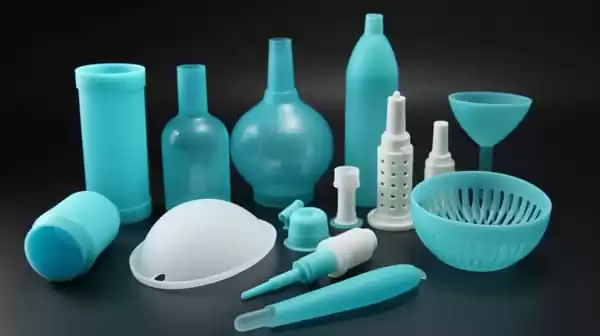
In this article, we will begin our exploration of the world of silicone rubber molding, taking a closer look at its importance and universal applicability, while addressing the common dilemma of the fragrances that often accompany it. We’ll reveal effective ways and remedies to alleviate these odors, allowing you to experience the benefits of high heat and silicone molding while creating a more comfortable, odor-free work atmosphere.
II.Analysis of the source of odor of silicone products
Vulcanizing agents added during the production process: During the production process of silicone products, vulcanizing agents are usually added to silicone rings enhance their elasticity. The vulcanizing agent will decompose at high temperatures and produce a pungent odor.
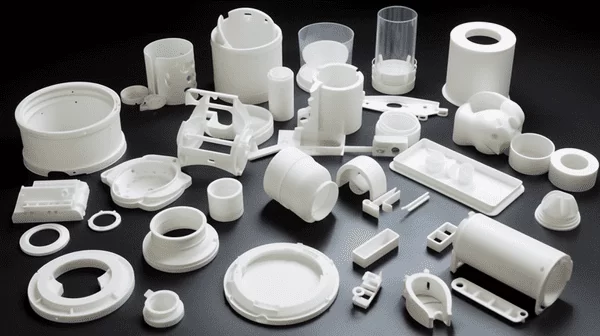
Improper storage: If silicone products are sealed and stored for a long time, it is easy for the air inside the product to not circulate, resulting in odor.
Material quality issues: In order to reduce costs, some manufacturers use inferior silicone materials. These materials often contain more impurities, causing the products to have a heavier smell.
III. Methods for Odor Reduction
In the quest to reduce the unpleasant odors associated with silicone rubber molding, a range of effective methods can be employed. Here, we’ll delve into these and other methods further, explaining their significance and providing practical guidance for implementation.
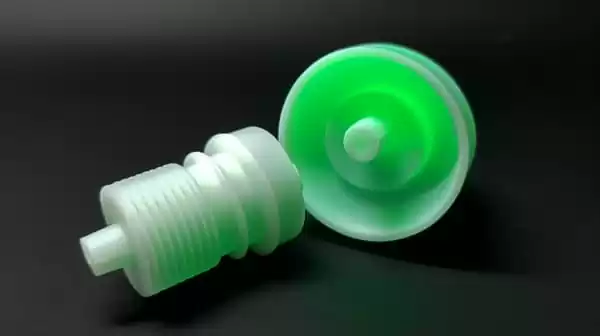
Silicone rubber raw materials and production and processing:
Often some silicone rubber product manufacturers add a certain proportion of recycled rubber in order to reduce costs, and also add a certain proportion of polluting operating oil; however, these must use environmentally friendly, odorless and regenerated rubber. This can only be achieved if the operating oil has the ability to inhibit and degrade polluting volatiles in the material, and the cost will not be cheap. Therefore, if we want to fundamentally solve the odor of silicone kitchenware and ice cube trays, we must choose the raw materials and production and processing of silicone. For example: choose oil with high flash point and odorless; do not add recycled rubber; do not use accelerator CBS; do not use DCP, etc. Recommended: silicone foam raw materials
Vulcanization system and process:
Silica gel is a gas phase glue, which is mixed with an odorless vulcanizing agent. After the silicone is molded, it undergoes secondary vulcanization (the recommended secondary vulcanization time is more than 4 hours, the temperature is about 200 degrees, and it is a vacuum oven.)
Significance of Proper Ventilation:
Proper ventilation serves as a cornerstone in the battle against silicone rubber molding odors. It plays a pivotal role in expelling the fumes generated during the molding process from the workspace. By doing so, it not only diminishes odor intensity but also enhances air quality and overall comfort for those working in the area.
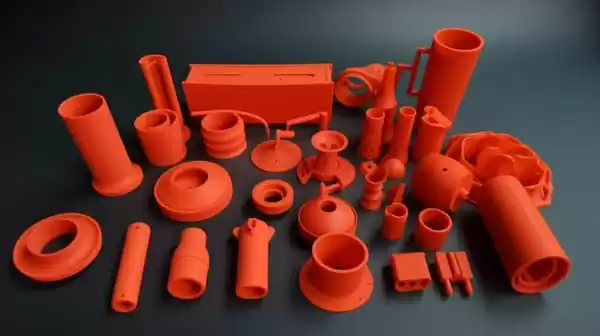
Tips for Improving Ventilation:
- Install Exhaust Fans: Consider installing exhaust fans to facilitate the quick expulsion of odorous fumes.
- Utilize Ventilation Systems: Implement ventilation systems that ensure a constant flow of fresh air and efficient removal of odorous air.
- Leverage Natural Ventilation: In cases where mechanical systems are not available, open windows and doors to promote natural ventilation, allowing indoor and outdoor air to exchange.
Advantages of Choosing Low-Odor Silicone Compounds:
Opting for low-odor silicone compounds presents a proactive approach to mitigating unpleasant odors during silicone rubber molding. These specialized compounds are engineered to emit fewer volatile organic compounds (VOCs), ultimately leading to little odor and a reduction in the strength of the odors produced.
Mention Consulting with Suppliers:
When seeking low-odor silicone compounds, consult with your silicone supplier. They possess the knowledge required to recommend suitable options tailored to your specific molding needs.
How Additives Help Neutralize or Mask Odors:
Silicone additives play a pivotal role in the realm of odor reduction. They can either neutralize or mask a few drops the odors produced during the molding process, thus rendering them less potent and offensive.
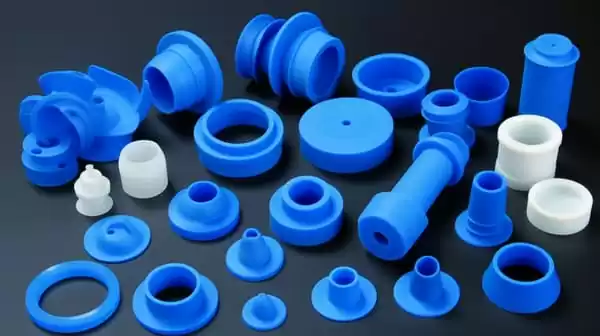
Emphasizing Supplier Guidance:
Incorporating additives should be undertaken with the guidance of your silicone supplier. Their expertise can assist in identifying the most appropriate additives and in advising on their correct application to yield optimal odor reduction results.
Adjusting Temperature and Curing Time:
Temperature and curing time control in silicone rubber molding can exert a substantial influence on the intensity of odors. Lowering the curing temperature or extending the curing time can effectively diminish odor emissions, all while ensuring the preservation of product quality.
Highlighting the Need for Quality Maintenance:
While pursuing odor reduction, it is of utmost importance to maintain the desired product quality. Striking a balance between odor reduction and product integrity is crucial. Thorough monitoring of the molding process is necessary to ensure that any adjustments do not compromise the final product’s quality.

Significance of Regular Cleaning and Maintenance:
Regular cleaning and maintenance of your molding equipment stand as essential measures in preventing the buildup of residue and contaminants. These culprits contribute significantly to the generation of objectionable odors during the molding process.
Explaining Odor Prevention Through Cleaning and Maintenance:
Through consistent cleaning and proper maintenance, you can effectively remove odor and thwart the accumulation of substances that are known to exacerbate odor issues. The result is a cleaner, fresher workspace that facilitates odor reduction.
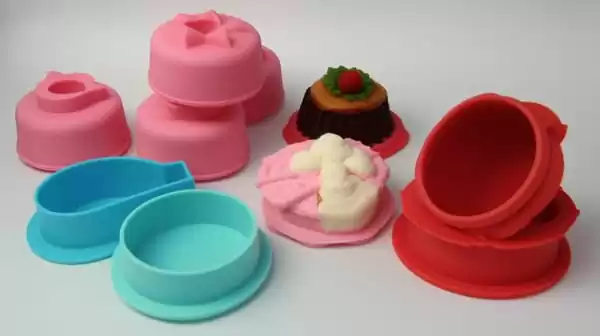
How Baking Soda Absorbs Odors:
Baking soda is a natural odor absorber, making it an ideal candidate for addressing odors emanating from silicone items. It functions by absorbing and neutralizing odors, leaving your items smelling fresh and odor-free.
Step-by-Step Instructions for Using Baking Soda:
- Apply a generous amount of baking soda onto the silicone items.
- Allow the baking soda to sit for several hours or overnight to absorb odors thoroughly.
- Rinse and wash the silicone items with warm, soapy water to ensure the removal of any residual baking soda.
Effectiveness of a White Vinegar and Water Solution:
A mixture comprising equal parts white vinegar and warm water proves to be a potent ally in the gently scrub overnight against silicone item odors. White vinegar possesses the capability to neutralize odors effectively, leaving your items refreshed and odor-free.

Detailed Process for Utilizing the Solution:
- Combine equal parts white vinegar and hot water to create the solution.
- Submerge the silicone items within the solution, allowing them to soak for a few hours to expunge any lingering odors.
- Following the soaking period, thoroughly rinse the items with dish soap and water to eliminate any trace of vinegar residue.
Dishwasher Safety for Silicone Items:
It is essential to note that most silicone items are dishwasher safe, offering a convenient method for eradicating odors. Leveraging silicone absorbs the dishwasher ensures thorough cleaning and the elimination of undesirable odors.
Guidelines for Employing the Dishwasher:
- Position the silicone items securely on the top rack of the dishwasher.
- Commence a standard dishwasher cycle, meticulously adhering to the manufacturer’s instructions for your specific silicone items.

Benefits of Sunlight and Air Drying:
Exposing freshly cleaned silicone items to direct sunlight and permitting them to air dry is a natural and effective approach to banishing any residual odors. The combined influence of sunlight and fresh air aids in breaking down and dispersing any lingering odorous compounds.
Describing the Recommended Air Drying Process:
- Post-cleaning, position the silicone items outdoors in direct sunlight for comprehensive drying.
- Allow the items to air dry naturally, capitalizing on the odor-neutralizing properties of the sun and the refreshing influence of fresh air.
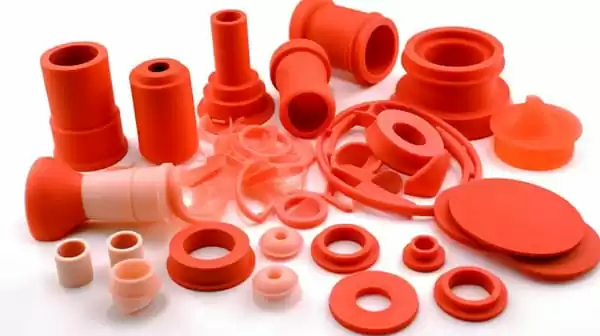
By embracing these multifaceted methods for odor reduction, you can foster a more pleasant and odor-free atmosphere within your silicone rubber molding workspace. Additionally, these approaches safeguard the quality of your own silicone mold and products, ensuring they meet the highest standards while minimizing potential discomfort and health concerns arising from persistent odors.
Conclusion
In conclusion, this article has explored effective strategies and methods for reducing the odor of silicone rubber molding. We’ve covered a range of techniques, from proper ventilation and using low-odor silicone compounds to incorporating additives, temperature control, and regular maintenance. Additionally, we’ve discussed the use of household items like baking soda and white vinegar for odor absorption, along with utilizing the dishwasher, direct sunlight, and air drying to eliminate lingering odors.

As we wrap up, we want to emphasize the paramount importance of safety in silicone rubber molding. Prioritize the health and well-being of your employees by implementing effective odor reduction strategies. Additionally, consult with experts and suppliers to ensure that your chosen methods align with industry best practices and safety standards.
We encourage all readers involved in silicone rubber molding to proactively implement these odor reduction strategies. By doing so, you not only enhance the overall working conditions but also contribute to the creation of high-quality, odor-free silicone products. Remember, a more pleasant work environment leads to improved job satisfaction and increased productivity. Here’s to a future of silicone rubber molding with fewer odorous challenges and greater comfort for all.



